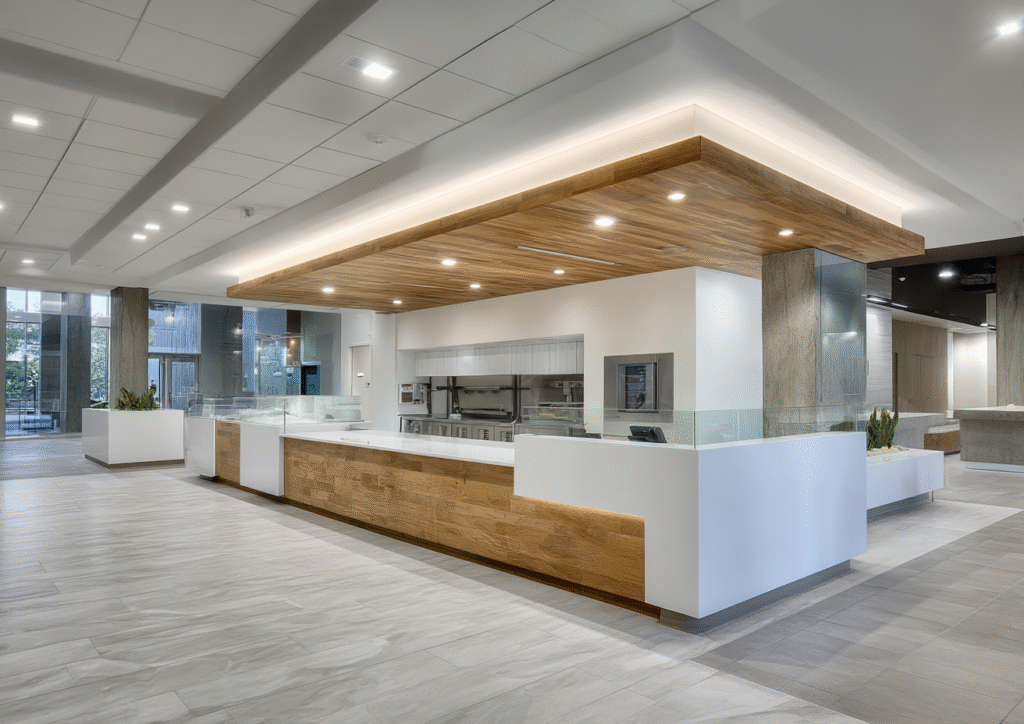Ballad Health: The evolution of centralized pharmacy automation in healthcare is a transformative trend, particularly in regions like Johnson City and Bristol, Tennessee. As staffing shortages plague the industry, the need for efficient medication management has never been more crucial. In this blog post, we will explore the benefits of pharmacy automation, focusing on how it addresses key challenges in healthcare facilities and enhances safety and efficiency in medication management.
Understanding the Current Landscape of Pharmacy Automation
Pharmacy automation often hinges on several cutting-edge technologies designed to streamline operations and improve outcomes. Current developments emphasize centralized pharmacy systems that leverage robotics and advanced medication dispensing machines. These innovations not only enhance efficiency but also minimize human error, a critical factor in the healthcare sector.
In healthcare settings, medication errors can lead to serious adverse effects for patients, making it essential for pharmacy managers and healthcare providers to adopt best practices in pharmacy operations. Recent studies demonstrate that automated systems can reduce medication discrepancies by as much as 70%. This staggering statistic underscores the urgency for facilities in Johnson City and Bristol to embrace automation.
Key Challenges Addressed by Centralized Pharmacy Automation
- Staffing Shortages: Many healthcare facilities face significant staffing challenges. These shortages can compromise patient safety due to increased workloads on existing staff. By implementing centralized pharmacy automation, facilities can streamline operations, allowing their pharmacy staff to focus on clinical care rather than administrative tasks.
- Human Error: Human error remains a prevalent issue in medication management, leading to serious health risks. Automation minimizes these risks significantly. Automated dispensing systems ensure the right medication reaches the right patient in the right dosage, thereby enhancing patient outcomes.
- Medication Management Efficiency: Unautomated systems often lead to delays and inefficiencies. Centralized pharmacy automation provides real-time access to medication inventory, ensuring timely dispensing and distribution, which is critical in emergency situations.
Ballad Health’s Response to the Challenges
Ballad Health is at the forefront of implementing innovative pharmacy automation solutions. By investing in robotic dispensing technology and centralized pharmacy systems, they have set a benchmark for effective pharmacy operations. For instance, their recent integration of automated dispensing machines has significantly reduced wait times for patients needing medication during hospital stays.
Furthermore, Ballad Health has also focused on staff training to ensure that pharmacy managers and pharmacists can utilize these systems effectively. Proper training not only enhances the user experience but also maximizes the system’s potential to improve medication safety and operational efficiency.
How Does Centralized Pharmacy Automation Improve Safety?
Safety is paramount in any healthcare setting, and centralized pharmacy automation plays a vital role in risk reduction. Clinicians benefit from more accurate dosing and fewer medication errors. For example, medication dispensing machines accurately prepare and package prescriptions, allowing for immediate verification by pharmacists. This additional layer of scrutiny significantly enhances patient safety.
Moreover, centralized systems support traceability. Should an error occur, automated records provide a clear audit trail that can be utilized for investigations, quality assurance, and compliance with regulatory standards.
Exploring More Advancements in Pharmacy Automation
The future of pharmacy automation looks promising, especially with the continual evolution of technology. For example, artificial intelligence (AI) is making its way into pharmacy services, enabling predictive analytics for inventory management. By forecasting demand, pharmacies can minimize overstock and shortages, thus ensuring patient needs are met promptly and efficiently.
Facilities in Johnson City and Bristol must keep abreast of these trends. As the landscape of pharmacy operations changes, proactive adaptation will be necessary to maintain competitive advantages and uphold the highest standards of patient care.
Considerations for Implementing Centralized Pharmacy Systems
Transitioning to a centralized pharmacy system requires deliberate planning and consideration. Here are some key points to address during implementation:
- Assess Organizational Needs: Each healthcare facility has unique requirements. Understanding these needs helps to tailor automation solutions effectively.
- Engage Stakeholders: Involve pharmacy staff, administration, and IT in discussions regarding automation. Their insights will facilitate smoother transitions and better implementation strategies.
- Training and Support: Ongoing training programs for pharmacy staff are crucial. Providing excellent support ensures that staff can maximize the benefits of new technologies effectively.
The Path Forward: Embracing the Future of Pharmacy Automation
The benefits of centralized pharmacy automation extend beyond the reduction of medication errors and administrative burden. They encompass improved patient outcomes, enhanced employee satisfaction, and a more streamlined operation overall. As healthcare providers explore these technologies, they position themselves at the forefront of innovation, ready to meet the ongoing demands of their patients and the industry.
Healthcare professionals and pharmacy managers in Johnson City and Bristol should not underestimate the transformative potential of pharmacy automation. Facilities can improve their medication management processes significantly while ensuring compliance with safety standards. The advancements in automation technology offer a golden opportunity to enhance operational efficiency without compromising patient care.
Conclusion: Taking the Next Step
As Ballad Health exemplifies, embracing centralized pharmacy automation is not merely about introducing new technology but about re-envisioning pharmacy services to align with modern healthcare standards. It is crucial for healthcare professionals and facility administrators to explore these advancements. For those considering implementing these solutions in their institutions, now is the time to act to meet the evolving needs of pharmacy operations.
We invite you to explore advancements in pharmacy automation for your facility. Engage with industry experts and consider how centralized pharmacy systems can reshape your pharmacy operations for the better. Together, let’s pave the way for a safer and more efficient healthcare experience in Tennessee and beyond.







